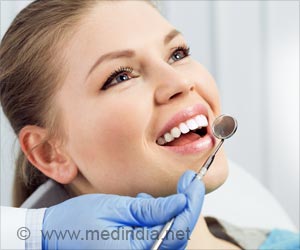Researchers are exploring the role of pathogenic and good bacteria in the role of tooth bone loss due to bacterial gum infections, which could help in developing drugs.
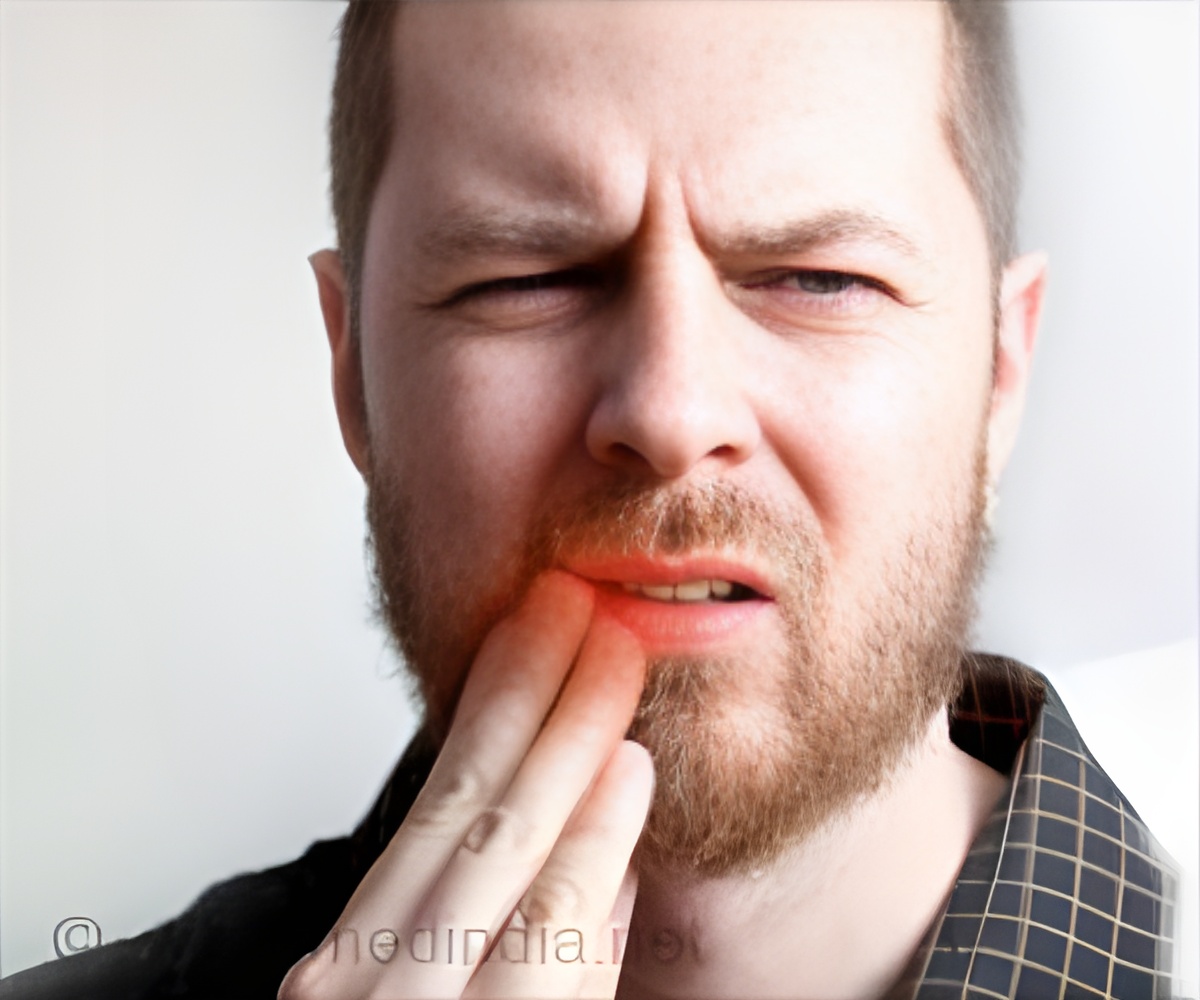
TOP INSIGHT
Clarify the crosstalk of Good and bad bacteria in the mouth for progression of gum disease to bone loss.
In a healthy condition, the tooth root is embedded into a socket bounded by bone. Some bacterial infections can weaken the bone supporting the teeth and consequently resulting in tooth loss. These bacteria were considered to be pathogens.
Lipopolysaccharide (LPS) is considered to be the main molecule that causes bone loss in these bacterial gum infections.
In a previous study, researchers have suggested that LPS cannot induce bone loss alone but with the help of prostaglandins.
On the other hand, good bacteria have been known to contribute to gum disease in the initial phases but there is no evidence to show that these bacteria can cause bone loss.
In the case of LPS in the PGE2-deficient mice, the balance stayed in favor of bone formation but another molecule lipoteichoic acid (LTA) present in good bacteria tipped the balance towards bone loss.
They also saw that good bacteria proliferated at a higher rate than pathogenic bacteria and they preferred to occupy the depths of the teeth pockets to stay closer to the site of bone loss.
The understanding of these mechanisms will contribute to developing novel drugs for the treatment of gum disease-induced bone loss.
Source-Medindia
 MEDINDIA
MEDINDIA
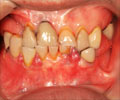

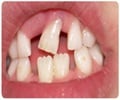
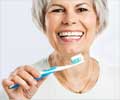
 Email
Email







